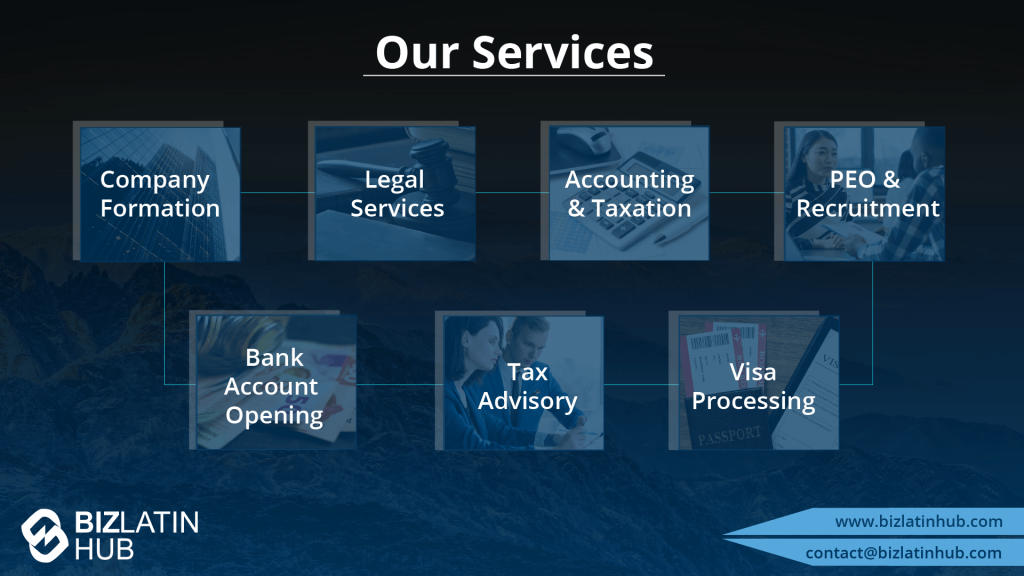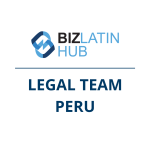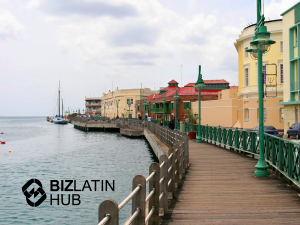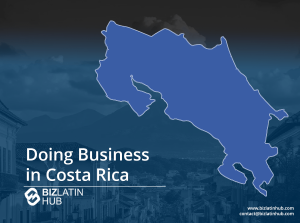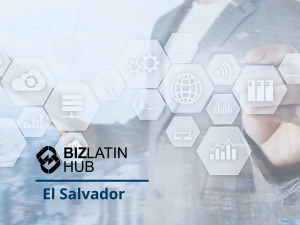According to the Inter- American Development Bank, Peru is one of the fastest growing economies in South America. It is a key player in the region, flaunting diverse characteristics such as a variety of climates, a large territorial area, significant natural resources and long-lasting macro-economic and political stability. Now add to that business tourism in Peru.
A market trend in the meetings, incentives, conventions and events (MICE) tourism industry, or “meetings industry” has been seen, making business tourism in Peru a growth area. This article will outline the country’s economic growth, the reason the tourism industry is growing, and the development of this particular sector in the industry.
Biz Latin Hub can help you with business tourism in Peru or any other type of commercial interest you may have. Our market leading array of back office services is designed to keep you compliant and in good standing, allowing you to focus on what you do best – growing your business. We offer the full suite, from company formation to ongoing annual tax and legal compliance, among much more.
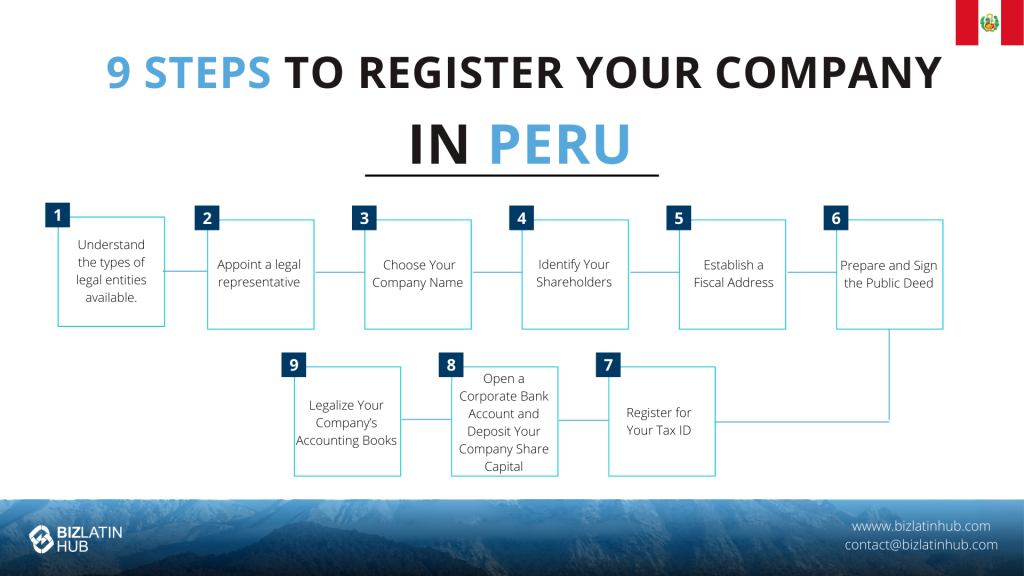
The Peruvian Economy and Tourism
Peru is one of the world’s leading growing economies and one of the most important countries in Latin America ; it shows off a remarkable annual growth rate averaging 5.9 percent at a low inflation rate of 2.9 percent. Long term economic forecasts show no sign of that slowing down.
Tourism in Peru
Peru is one of the most competitive countries in Latin America in the travel and tourism sector. A combination of historical sites, natural beauty, culture, authenticity, unique cuisine and growing hospitality infrastructure has established Peru as one of the world’s most unique tourist destinations. It also places it well for developing business tourism in Peru.
In order to accelerate expansion over the coming years, tourism authorities and the private sector are increasing promotional efforts and developing the country’s touristic product and business programs. Additionally, major infrastructure developments are opening up new regions of the country to domestic and international visitors.
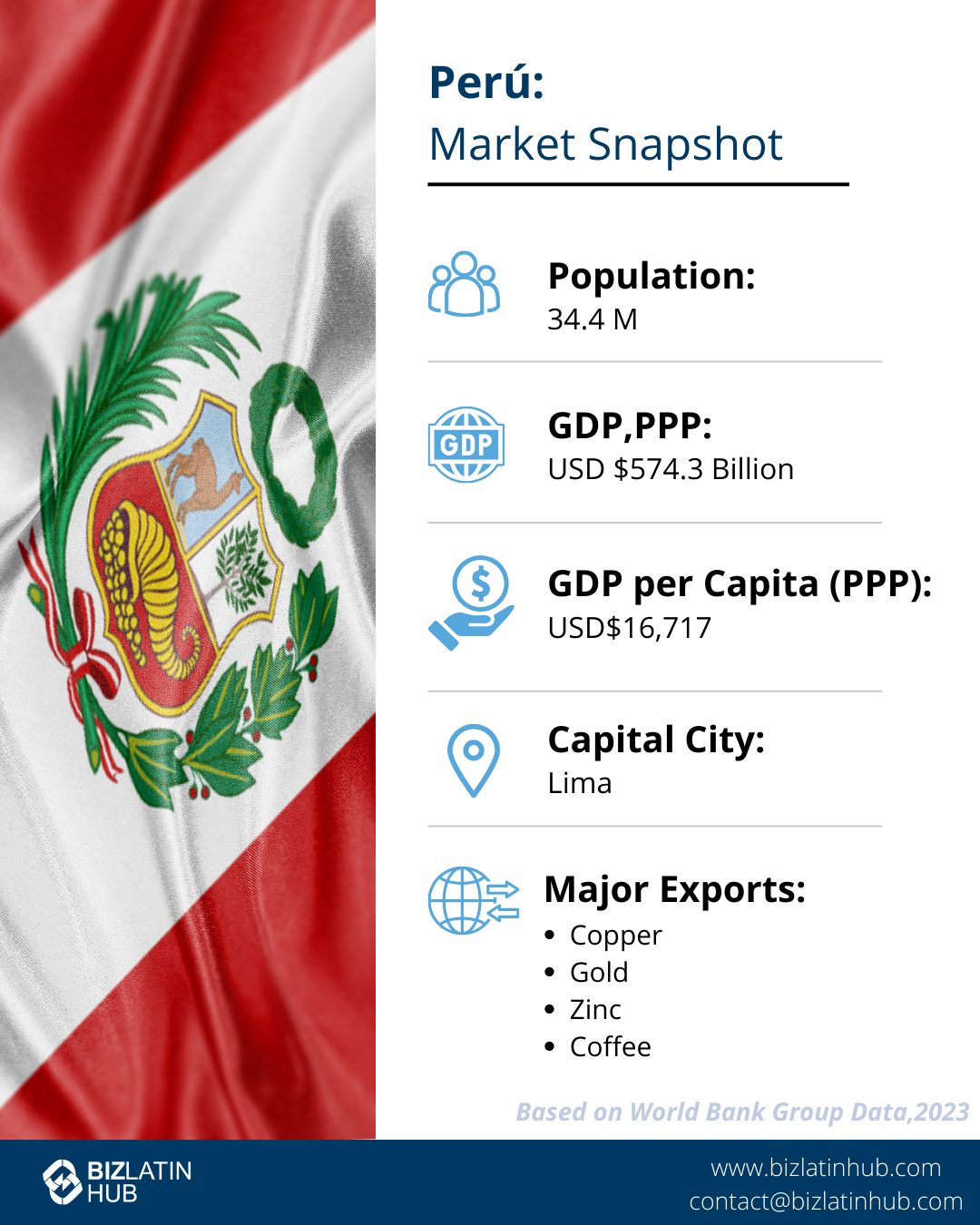
Investment in Peru’s MICE Industry
Over the past few years Peru’s positive economic performance have raised the country’s international profile as an investment destination. One of the most promising areas of the Peruvian tourism market is the meetings, incentives, conventions and events (MICE) segment, which grew by 4.7% in 2017.
As a result of growth in the number of operating hotels and venues, the Peruvian capital rose four spots in the International Congress and Convention Association (ICCA) ranking that same year. Peru is now home to one of the biggest convention centers in South America.
Reasons to Invest in Peru’s MICE Tourism Industry:
- Developing Hospitality Infrastructure
- Continued Modernization of Infrastructure
- International Free Trades
- Peru’s Strategic Location
- World-Class Cuisine
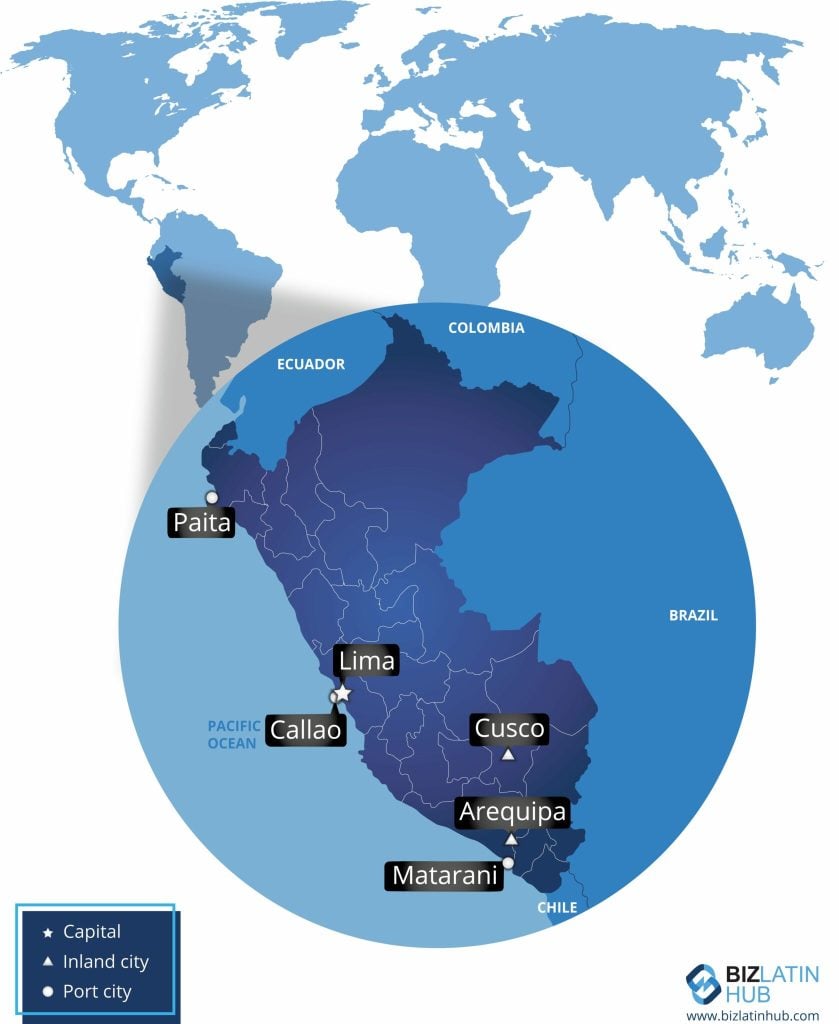
Biz Latin Hub can assist you doing business in Peru
At Biz Latin Hub, we provide integrated market entry and back office services throughout Latin America and the Caribbean, with offices in 18 key cities around the region, including Peruvian capital Lima.
Our unrivaled regional presence means we are ideally placed to support multi-jurisdiction market entries and cross-border operations, and our portfolio includes company formation, accounting & taxation, legal services, due diligence, and hiring & PEO, among others.
Contact us today to find out more about how we can assist you.
If you found this article on the Peru minimum wage rise of interest, check out the rest of our coverage of this South American market. Or read about our team and expert authors.
